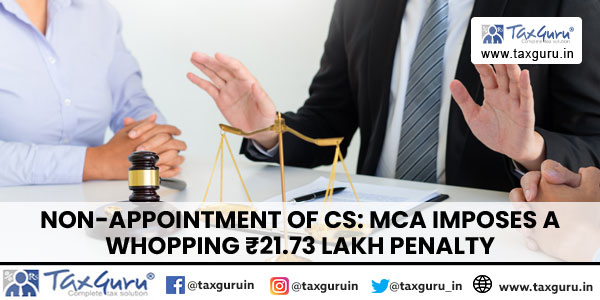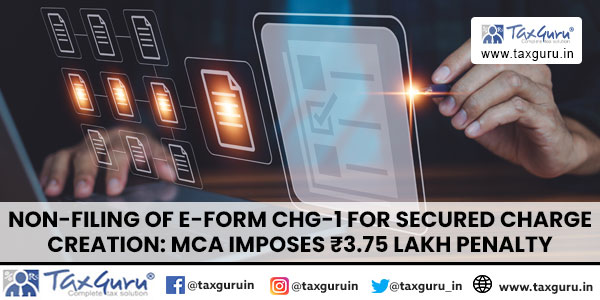CA Preeti Goyal
 Concept of GST
Concept of GST
♦ GST is a tax on goods and services with comprehensive and continuous chain of setoff benefits from the Producer’s point and Service provider’s point up to the retailer level.
♦ GST is expected be levied only at the destination point, and not at various points (from manufacturing to retail outlets). It is essentially a tax only on value addition at each stage and a supplier at each stage is permitted to setoff through a tax credit mechanism which would eliminate the burden of all cascading effects, including the burden of CENVAT and service tax.
♦ Under GST structure, all different stages of production and distribution can be interpreted as a mere tax pass through and the tax essentially sticks on final consumption within the taxing jurisdiction.
♦ Currently, a manufacturer needs to pay tax when a finished product moves out from the factory, and it is again taxed at the retail outlet when sold. The taxes are levied at the multiple stages such as CENVAT, Central sales tax, State Sales Tax, Octroi, etc. will be replaced by GST to be introduced at Central and State level.
♦ All goods and services, barring a few exceptions, will be brought into the GST base. There will be no distinction between goods and services.
♦ Under GST, the taxation burden will be divided equitably between manufacturing and services, through a lower tax rate by increasing the tax base and minimizing exemptions.
♦ However, the basic features of law such as chargeability, definition of taxable event and taxable person, measure of levy including valuation provisions, basis of classification etc. would be uniform across these statutes as far as practicable.
♦ The existing CST will be discontinued. Instead, a new statute known as IGST will come into place on the inter-state transfer of the Goods and Services.
♦ By removing the cascading effect of taxes (CST, additional customs duty, surcharges, luxury Tax, Entertainment Tax, etc. ),CGST & SGST will be charged on same price .



























Nowadays, collecting Form-C & other concessional tax forms are a major challenge for a seller. In the new GST regime whether the same kind of concessional taxes are allowed for buyer, if yes whether the current scenario continues, if No, what is the proposed alternate system for concessional tax billings?
Very informative PPT
Is it mandatory to register both under CGST and SGST
The Basic GST concepts have been very clearly explained unlike as seen in many other articles -Really appreciated!
But one doubt ..In Slide 10 ,its mentioned CGST,SGST cross utilization “be allowed” which seems contradicting to whats meant in the other slides..Is that a typo error ??
“..2.Cross utilization of ITC between the Central GST and the State GST would, in general, be allowed. ”
Did you mean “Not be allowed”? Please clarify, Thanks.
I thought PPT
this article helps me a lot to understand GST
it is awesome….realy your article redefined my concepts on GST.
this article give a lot of information
Hello, Mr. Sugumar,
Right now govt. has proposed only the concept of GST, detailed tax structure via bill/budget is yet to be place in parliament then only we would be able to know the tax rate, chapter heading and other taxation provision.
informative article
Nice article
very knowledgeable article.
We manufacture masala items like Rasam Powder, Sambar powder, Chicken and Mutton Masala Powder. I would like to know whether we have to pay excise duty. If so this comes unders which chapter heading?? Also I would like to know whether we can pay compounded duty in case we do not want to take cenvat credit.
Hello, MR.Swaraj Kumar
Please find below reply for your queries
1.I found that SGST input can be be set off against on IGST Output and CGST Output Refer Slide 11.
2.Cross utilization of ITC between the Central GST and the State GST would, in general, be allowed. Refer slide 10 – See more at: https://taxguru.in/goods-and-service-tax/ppt-goods-services-tax-gst-india.html#comments
Reply:As per the proposed model of GST…..Both CGST and SGST would be levied at inception point itself by the Assessee (Mr.X).
For interstate transaction along with the CGST and SGST, IGST would also be levied and paid by the Assessee (Mr.X) .
An Assessee (MR.Y) who will receive the invoice of IGST paid (Paid by Mr. X) transaction would be eligible to take set off of this tax on his further transaction on which he (MR.Y) would be paying CGST and SGST.
It can be concluded that SET-off via cross utilization of taxes will be allowed in below given manner
SGST-IGST-yes
CGST-IGST-yes
SGST-CGST and vice-a-versa-NO
I hope this clarifies your query
In your Presentation can you explain me the following point
1.I found that SGST input can be be set off against on IGST Output and CGST Output Refer Slide 11
2.Cross utilization of ITC between the Central GST and the State GST would, in general, be allowed. Refer slide 10
can you Briefly explain this point
Yes, Mr.Ashok Aggarwal, I fully agree with you.
I am not able to understand how the Govt. body is claiming that they are going to reduce the tax burden.Only the lower tax rate can reduce the tax burden,which is not possible in Indian economy.
Although tax collection mechanism will be more transparent but it will definitely increase the tax and compliance burden of an genuine tax payer.
I have had opportunity of discussing GST with officers in Central Excise department as well as officers in Commercial Tax departments of states. Nobody is clear as to who will do what and what will be the procedures of collection. The biggest problem faced by the trade & Industry today is handling various agencies in tax departments and multiplicity of assessment/ audit/ enforcement etc. If they will have to deal with the same agencies even after GST replaces present system, what relief will be there for trade & industry.
Today a Trader has to deal with only Commercial Tax authorities, afterwards they may have to deal with authorities handling CGST and those handling SGST. The complexities of IGST will add to their woes.
Central Excise duty and Additional duty of Customs are levied only once and at the time of removal from factory or clearance from customs respectively but in the new regime these duties will also be levied on value additions in each transaction.
Let us hope the Union and State Governments keep these aspects in mind before implementing new tax regime.